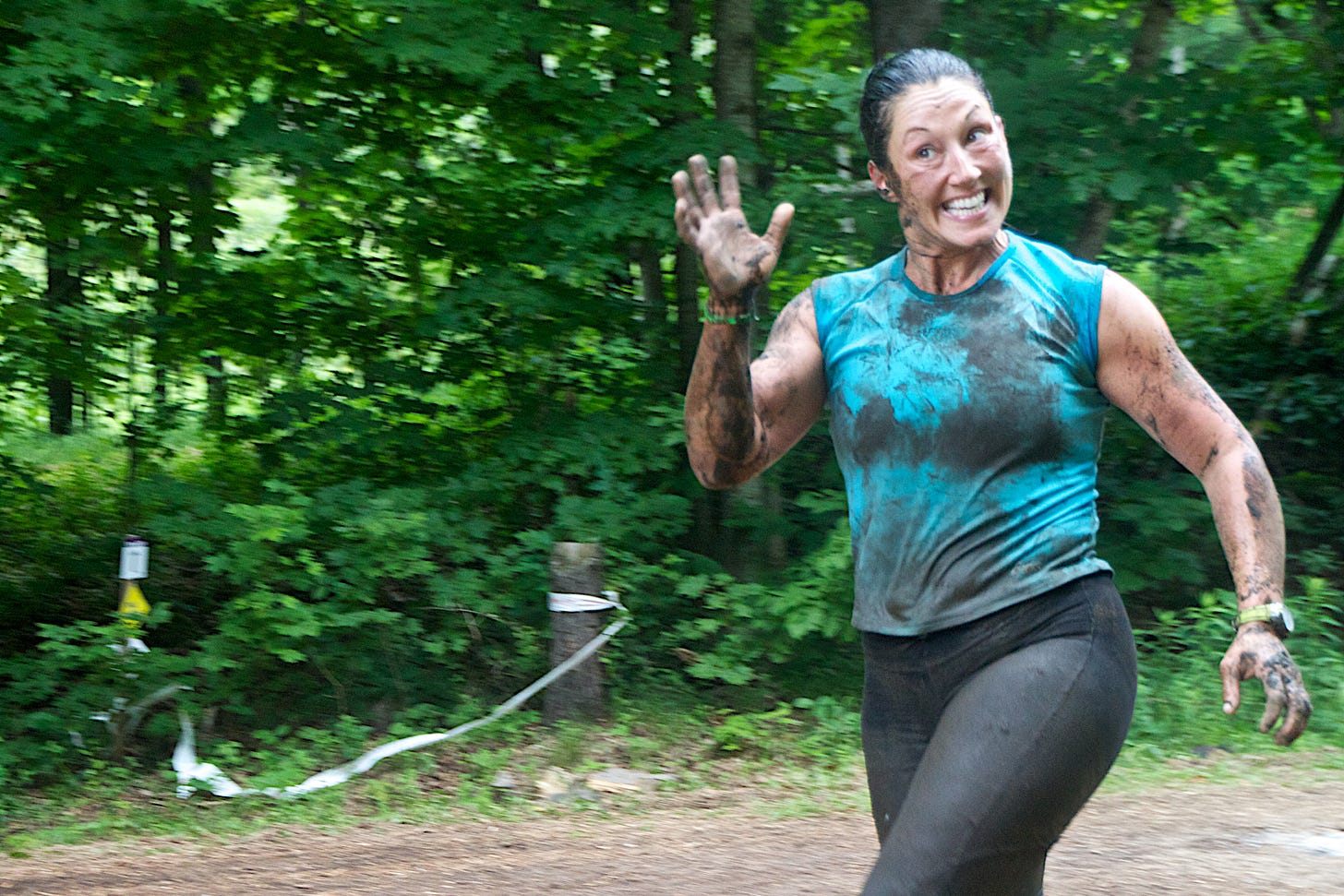This is the final part of a 3-part series on learning to love running by valuing your running for what it is, rather than always striving towards - and perhaps falling short of - what you feel it should be. Click this link to read Part 1 and click this link to read Part 2. This 3rd part is about how to help running become a consistent source of positive joy and happiness in your life.
In the first part of this series, I wrote about how we can easily fall into a habit of labelling elements of running as ‘painful’, even when those elements aren’t linked to injuries or adverse health conditions. It’s tempting to tell ourselves that ‘it hurts’ when we engage in normal running activities, such as starting to sweat, or when we run up a hill, or break into a sprint. It is especially likely that we’ll label running as ‘painful’ when we’ve encountered many of the same physical sensations in the past - such as breathlessness, aching hamstrings, hot red cheeks - in uncomfortable scenarios; perhaps when coming last in school sports day races, or being heckled by passers-by while jogging.
I suggest that we can take a more neutral view of running by detaching ourselves from the language of pain, and instead merely observing our changing sensations, with no negative judgements, no self-criticism for being ‘too slow’ or ‘so unfit’. We can simply notice that, when we start moving uphill or start moving faster, different muscles become activated in different ways from when we’re moving on the flat, and therefore we might feel a stretching sensation in the glute muscles, or a tightness in the calves, or a feeling of strength (and quickness to fatigue) in the quadriceps. If we notice and seek to investigate these sensations with curiosity and compassion - rather than dismissing them as types of pain - we get to know ourselves and our bodies better, and we’re able to make better decisions. And once we’ve worked on detaching ideas of pain and judgement from running, and on adopting this more neutral, observational stance, we can then start to create conscious associations between running and pleasure.
Here are some ways that I try to cement those associations between running and joy:




